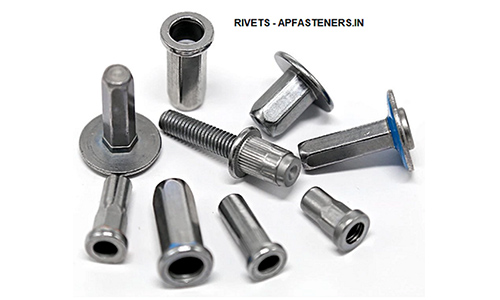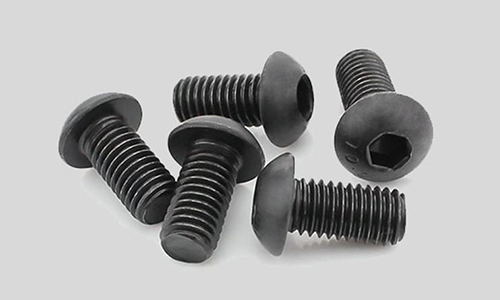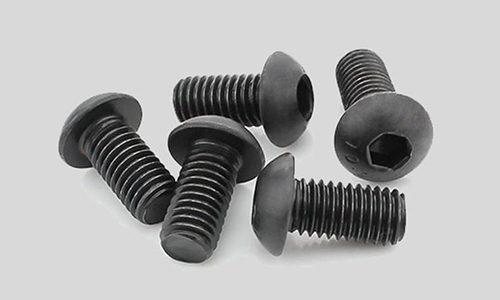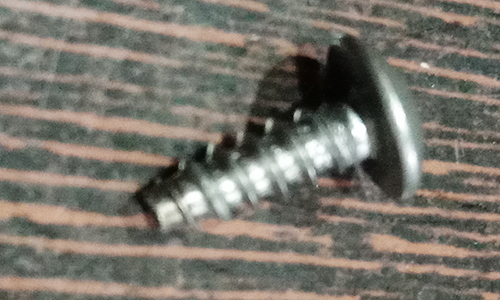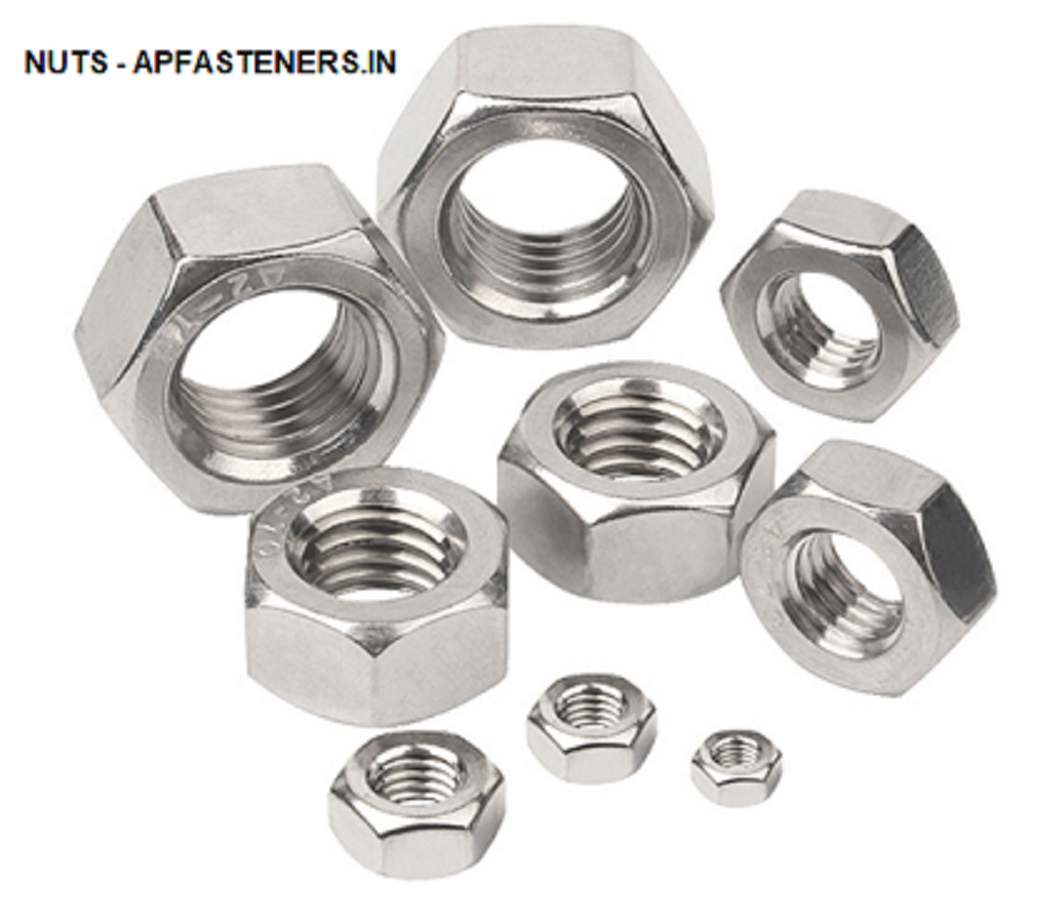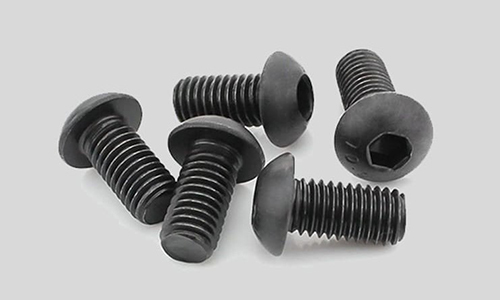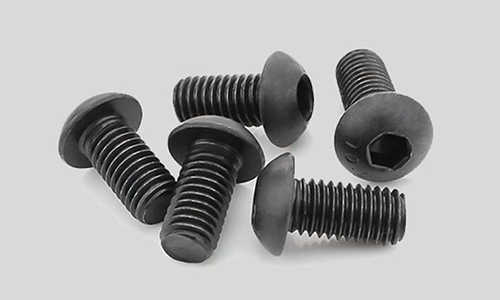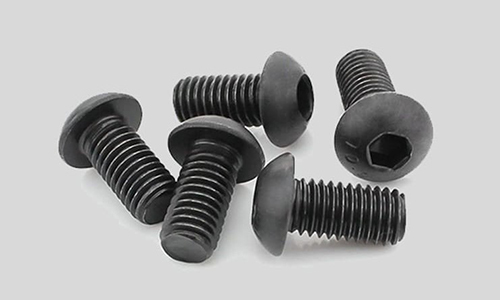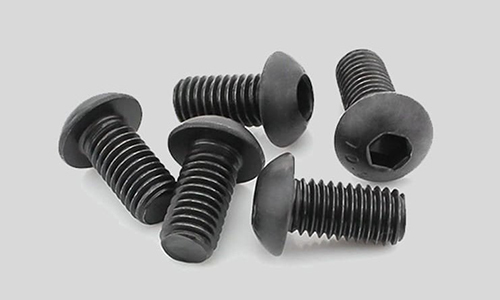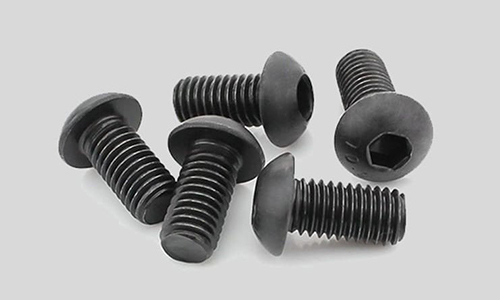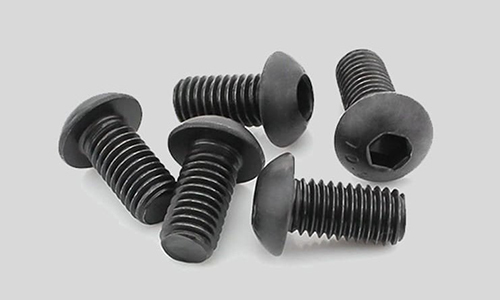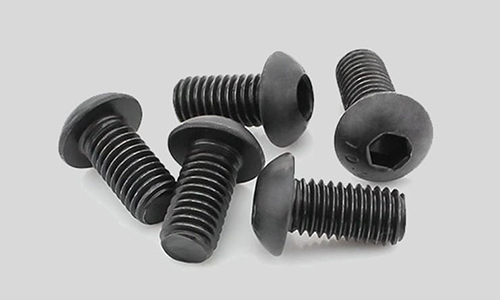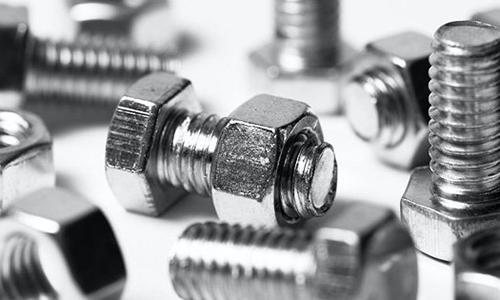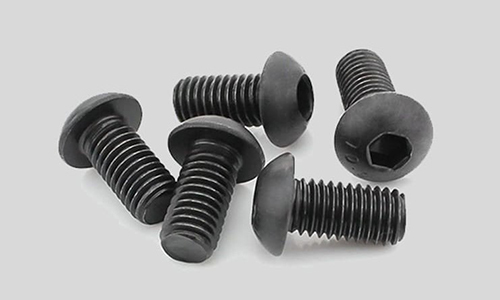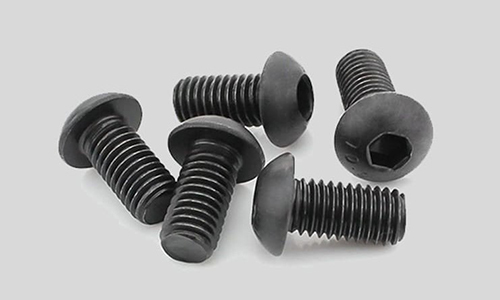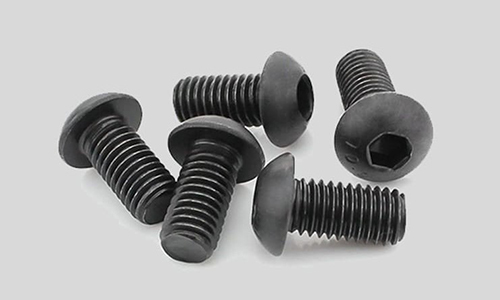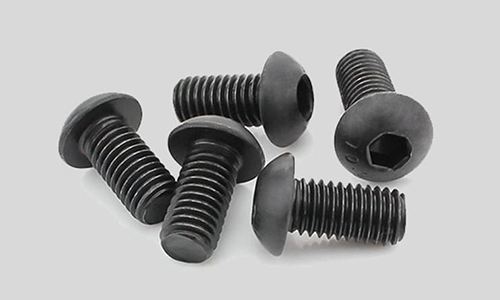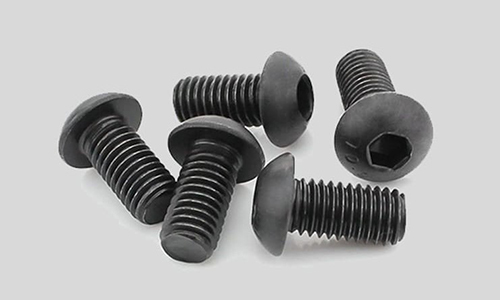
Custom Bolts & Fasteners
Our bolts are used by a broad range of industries requiring assemblies and fastening applications. These threaded fasteners can connect machine parts, mount equipment, and more. As a removable fastener, they also facilitate the regular maintenance and inspections that keep equipment running longer.
A P FASTENERS offers both standard and custom bolts and fasteners to meet different grades and specifications. This ensures we can cover the full spectrum of our manufacturing customers’ applications, including
Mining
Heavy equipment
Construction
Transportation
Automotive
Energy and alternative energy
Types of Bolts
Anchor
Sometimes referred to as an L-bolt, the anchor bolt is common in concrete and masonry construction. When embedded in concrete structures or masonry fills, these bolts attach components and integral equipment to the solid structure of the building.
Bent
Bent bolts can be further broken down into the following categories based on the way they are bent and their intended application
Eye Bolts The head of these bolts forms a full circle-like the eye of a needle-allowing for the attachment of cables, ropes or other fasteners.
Hook Bolts The unthreaded end of this bolt forms a hook shape that may range from a simple L-shape to more complex custom bends.
J-Bolts These J-shaped bolts typically act as a hook, facilitating easy attachment and detachment from other components or structures, often in combination with eye-bolts.
U-Bolts This bolt is bent into the shape of a U with both ends threaded, enabling users to secure pipes or tubes to other components or structures.
Carriage
Carriage bolts are commonly used to attach wood to metal. The carriage bolt may be distinguished by a square formation located under its smooth, rounded bolt head. This shape helps prevent it from turning during tightening.
Countersunk
Countersunk bolts have a sloped shoulder on the head, allowing them to fasten while leaving the head of the bolt flush with the attached surface. This provides a smoother exposed finish and allows moving parts to function within tight clearances.
Elevator
This type of bolt includes characteristics of both carriage bolts and countersunk bolts. The head is undercut with a square shape to hold it in place during tightening, but it has a thinner head that can be made flush or near-flush with the attached surface.
Lag
These bolts include threads on only a portion of the bolt. This lack of threads is known as a lag. It facilitates a smooth surface attachment to wood, while the threaded end is more like a wood screw rather than a typical bolt thread designed to receive a nut.
T-Handle
When a bolt requires frequent handling by an operator without the use of a tool, a t-handle bolt is often the best option. These bolts have an extended head in the shape of a T, allowing for hand tightening or loosening.
T-Slot
This type of bolt has a T-shaped head, but is not meant to facilitate tightening and loosening by hand. Instead, the T shape of this bolt fits into a slot in the attachment surface so that the bolt will not turn during tightening.
Flange
Sometimes called frame bolts, flange bolts are common for load bearing applications. The heads of these bolts are undercut with an integrated flanged washer face located under the head to distribute stress from a load over a broader area.
Plow
A plow bolt combines a number of distinguishing features from other bolts into a durable fastener often used in structural situations. Plow bolts include a countersunk head, allowing flush mounting while undercutting the head with a square shank neck to hold the bolt in place during tightening.
Know more just write your specific requirements at - apfsales.india@gmail.com




